Over at HQ, there’s no denying that our team is obsessed with owls. And what better way to wrap up a long week than with a diversion of cute overload? When we stumbled upon this photo of two owlets in a playful family feud, we knew we just had to share the photo with you and get the full story behind the shot from the photographer himself—Ari Hazeghi. By day, he is an electron device scientist living in San Francisco, California. But in his spare time, Ari enjoys photographing birds in their natural habitat, using his own handheld super-telephoto technique. Scroll down to read more about how he captured this photo, and learn some of his wildlife photo tips!
“I traveled to southern California to photograph these owls. I took this photo in the evening, around 5 P.M. in Southern California with a Canon EOS 1DX, EF 600mm f/4 IS II, f/5.6 1/3200sec ISO 400—handheld from a vehicle. I also enjoy watching these playful owls up close through my large finder. Burrowing owls are most active when they have newly-hatched youngsters. By monitoring the nesting activity, the best time to photograph owls can be determined. Burrowing owls are extremely skittish and aware of human presence. They cannot be approached without a bird blind. A vehicle was used as a blind.”
“My technique for capturing birds in flight and action is based on hand-holding super telephoto lenses. It gives me the freedom to quickly swing my rig towards the action, center it in the frame and snap a burst. Burrowing owls are extremely fast. With these birds, sometimes the action is so quick that you don’t have an idea what happened until you look at your photos on the camera’s rear LCD. It is always exciting because you don’t know what exactly you got. When I go through the sequence and find that one perfect frame that I had pictured in my mind, it is the moment of joy and relief. If I miss it, there is some disappointment, but I quickly get back to shooting and try to take advantage of the next opportunity.”
“I use Canon DPP software together with Adobe Photoshop to process my RAW files. I have developed an advanced technique for processing RAW files with maximum clarity, free of noise even at very high ISO, which I use quite often. The details of my image processing technique is explained in my guides. However, my post-processing is usually limited to perfection of RAW output for high quality prints/display rather than manipulating the images or creating something in Photoshop. I’m not a fan of photos where major elements have been added or subtracted to an original capture, or composite shots. I like to keep the scene as close as possible to what I saw with my eyes.”
Now that you have the full scoop on the photo, let’s get to know Ari Hazeghi better. Keep reading for our exclusive Q&A, where he talks about how he got started and shares his best tips on photographing owls!
500PX: Hi Ari! Great job on capturing such a hilarious moment between these owlets. How did you discover photography?
ARI HAZEGHI: I started photography when I was a freshman in school. I did not have the discipline back then. Back in 2006, I started pursuing avian subjects after I photographed a white-tailed kite. From there, I started to develop more and more interest for birds.
You have a lot of incredible shots of owls. What fascinates you the most about these creatures?
ARI: I like owls because of their large bright eyes. It gives them a very unique personality. I also like the way they adapt to their often-harsh environment, and how they use their great vision and hearing for hunting. They are also very calm and sophisticated in character. They have beautiful feather patterns that have evolved to provide camouflage in their natural habitat.
For those that would like to try, do you have any expert tips on photographing owls?
ARI: The most important factor for photographing owls is knowledge of owl activity and migration. You need to be there during the right season when numbers are high, and during the times that they are actively hunting or nesting. Some owls might respond to calls which may attract them to a nice perch. For small owls, such as a burrowing owl, some form of blind is necessary to get close. Anything that breaks the shape of a person can be used.
What gear can we find in your camera bag?
ARI: You’ll find a Canon EOS 1DX, and Canon 600 f/4 IS II, Canon 300 f/2.8 IS II, Canon 70-
200 f/2.8 IS II, Canon EF 400mm f/5.6L, Extender 1.4X III and 2X III lenses. I also carry SanDisk Extreme pro CF cards, a card reader, cables, and cleaning supplies. I use other Canon lenses for special applications when needed.
What’s been your most unforgettable close encounter with an owl to date?
ARI: My most memorable encounter with an owl was when I saw a great grey owl for the first time. It was larger than I was expecting. He was perched calmly on a stump in the middle of a field covered with snow—almost like
an island. He definitely knew it was his territory!
Follow Ari Hazeghi for more gorgeous action shots of birds.

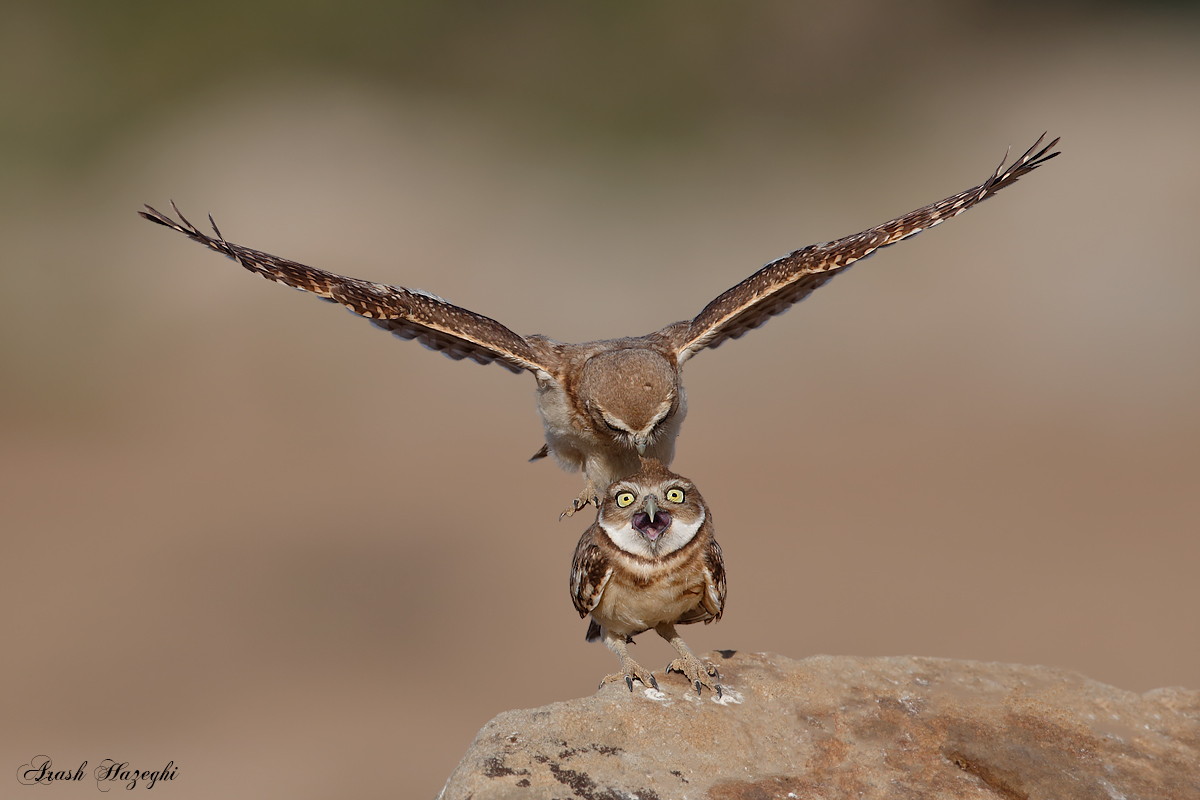











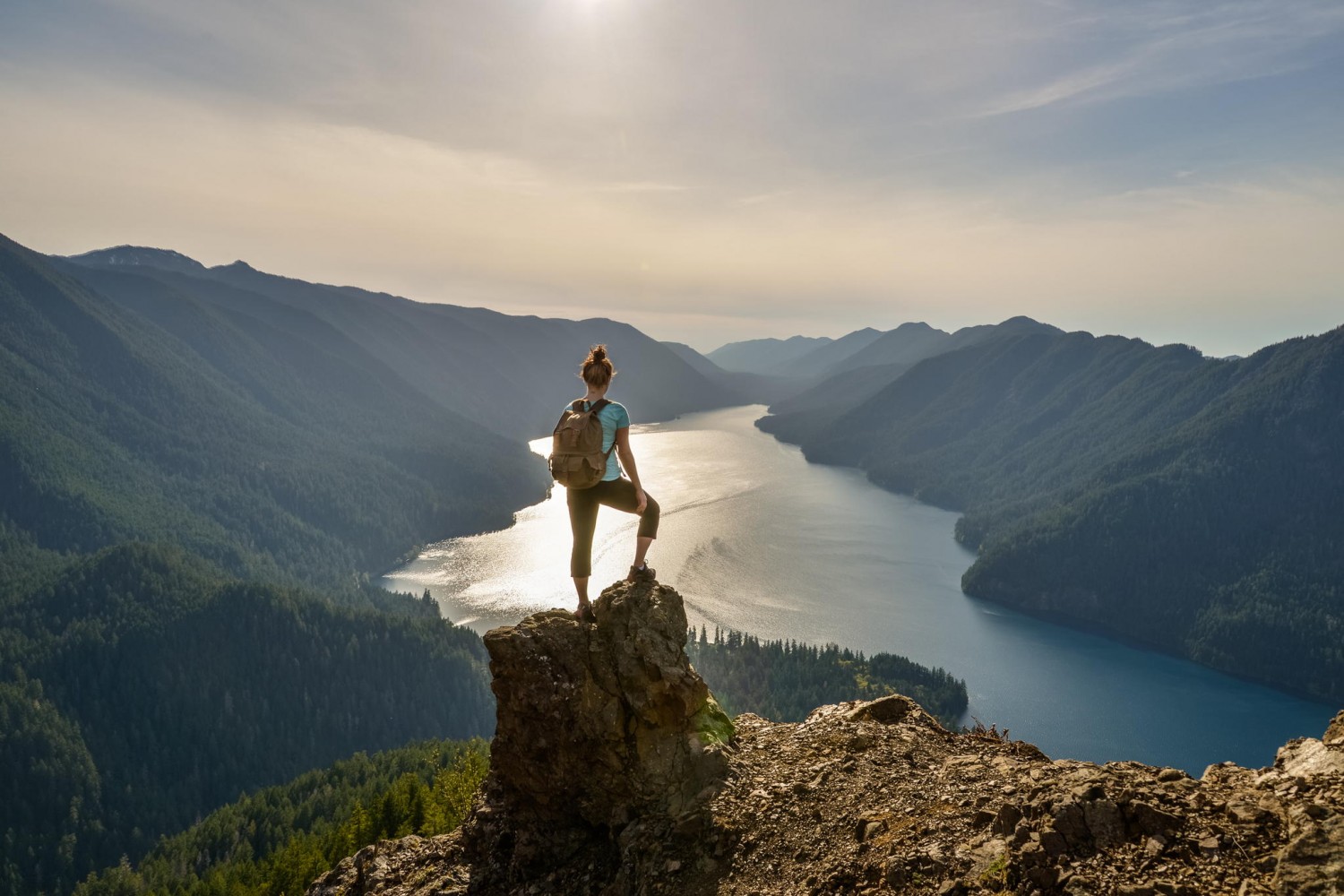
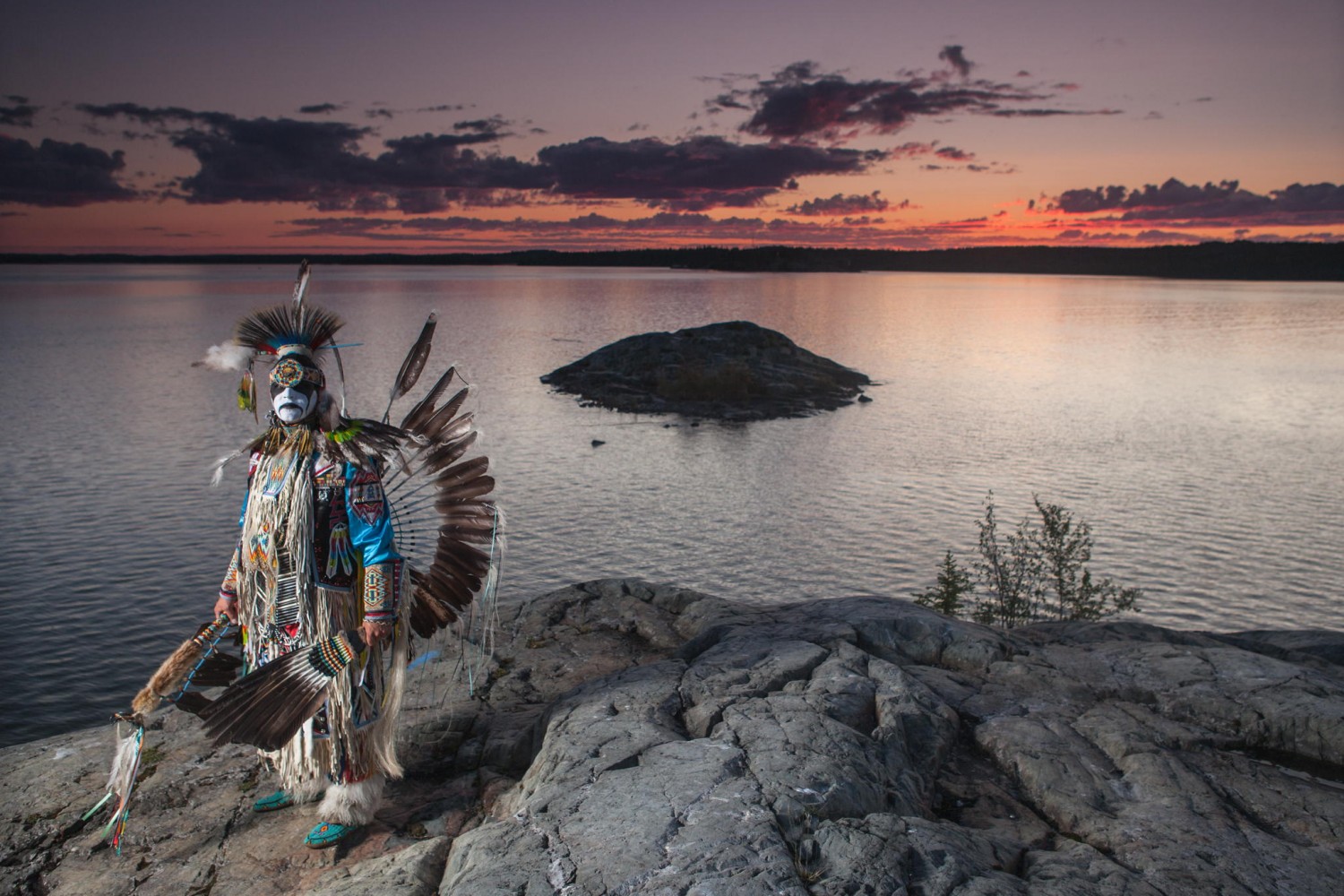

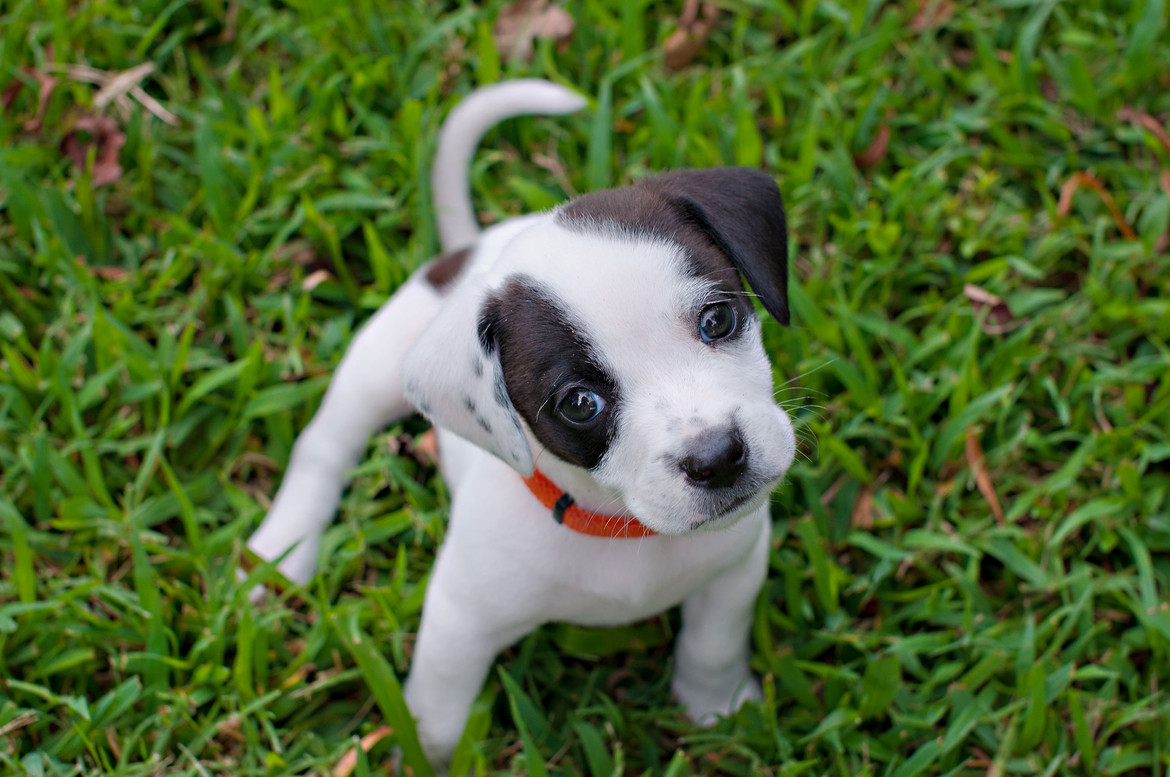
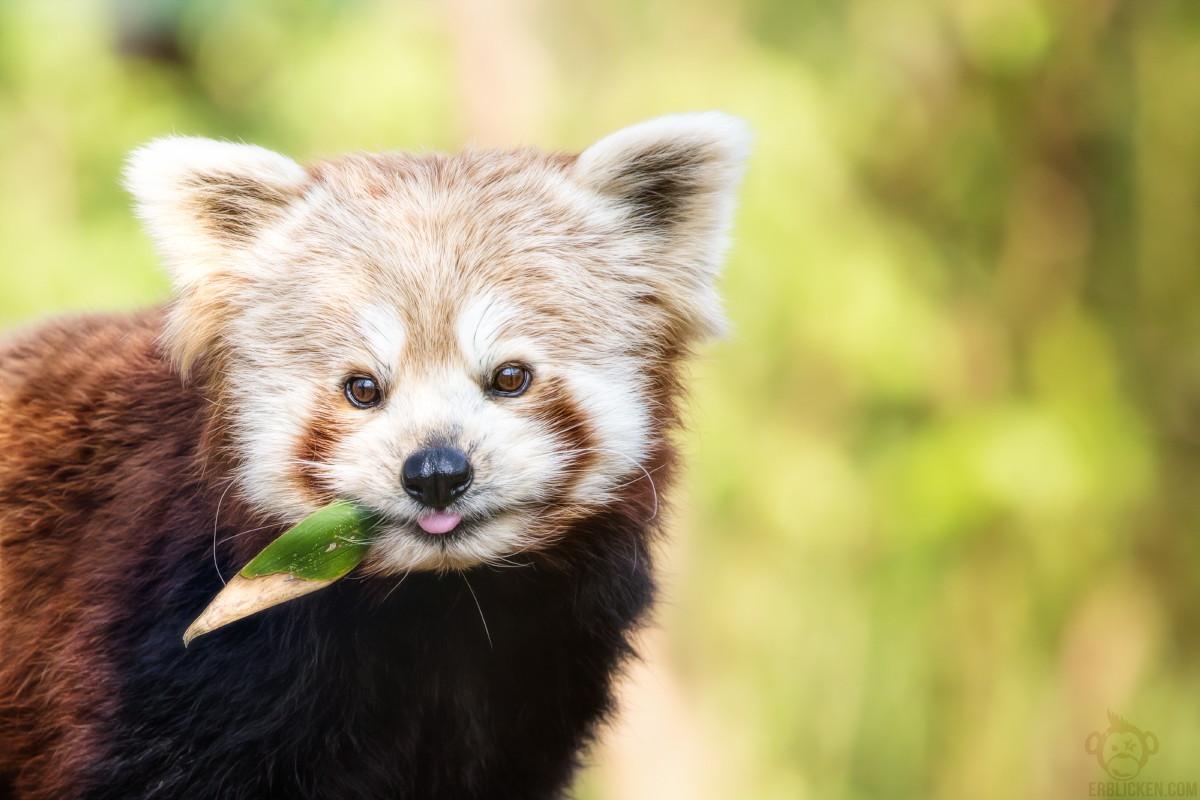
Leave a reply